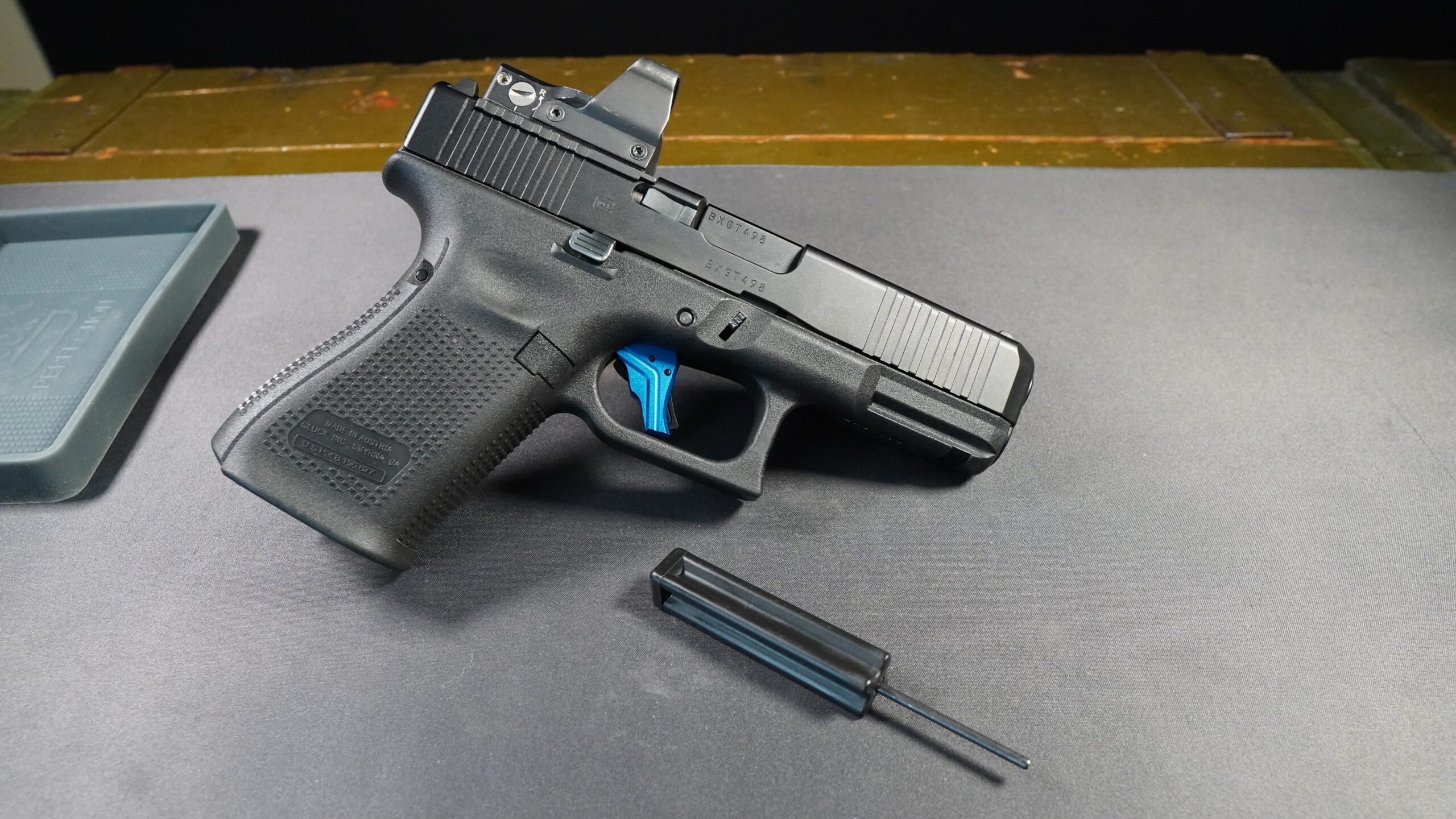Your optics play an integral part in your ability to achieve the best results, no matter whether you are a professional shooter or an amateur. Knowing the fundamentals of these parts will ensure that you have the necessary equipment to be able to achieve the best results with every shot taken.

Optic Parts: Understanding Their Relevance in Shooting Sports
An accurate firearm is crucial for shooting sports such as shooting in competition, hunting, or casual plinking at the range. One component which is frequently overlooked, but plays a significant role in precision and accuracy is optic parts. Optic parts (also known as sights) are fitted to guns to assist shooters to aim more accurately and efficiently. This article will explain the advantages and significance of optic parts, as well as how they improve your shooting skills.
What are Optic Parts and How Do They Work?
Optic parts allow shooters to target their guns better. Optic parts come in many types, including iron sights, red dots, holographic sights magnified scopes, and holographic sight. Each kind of optic component has its unique features and benefits as well as the type of optic component you select is based on your individual shooting needs and preferences.
Iron sights, which are the most basic type of optic component, are commonly found in older guns. The sights consist of a front and rear sighting post. Shooters align them in order to shoot at the target. The red dots make the reticle appear to be a dot on a lens with a tiny LED. The site is well-known due to its ease of use and speed. They are commonly utilized in tactical and military applications. They use lasers to make the Hologram-like reticle. The magnified scopes are outfitted with lenses that magnify the target to make it easier to aim at long distances.
Optic Parts: Why are they important?
Optic parts are vital because they allow shooters to aim more accurately and efficiently. Optic parts permit shooters to target with greater precision and at higher distances. Optic parts can also be utilized to make it easier to find targets and make it easier for shooters to aim accurately and quickly. Optic components are also beneficial in tactical and hunting situations.
Choosing the Right Optic Parts
It is essential to select the right optics parts to enhance your shooting skills. It is important to consider the shooting requirements of your shooter, your budget, and the type of firearm when choosing an optic component. It is also important to think about the magnification and the type of reticle.
Magnification refers to the zoom that an optic part provides. Magnified scopes are typically used for long-range shooting because they enable shooters to focus on targets that are thousands of miles away. However, magnified scopes may not be suitable for close-range shooting. Tactical shooters love red dots and holographic sights due to their ability to quickly acquire targets as well as close-range shooting.
It is essential to think about the type of reticle while choosing an optic component. Different types of reticles are suitable for different shooting situations. A simple crosshair reticle works best for shooting targets while a BDC (bullet-drop compensating) reticle can be used for long-range shooting.
Maintaining Your Optic Parts
It is crucial to correctly maintain your optic parts once you have selected the right ones. The optic components will be exact and reliable for a long time with regular maintenance. The most basic tasks for maintenance are cleaning your lenses, checking the zero, and storage of the optical parts in a safe manner when they are not using them.
It is crucial to clean the lenses in order to ensure that your optics parts produce an accurate, clear image. Cleaning the lenses with an abrasive cloth or lens cleaner. Do not use paper towels and other rough materials since they may scratch the lenses.
Checking the zero of your optical parts assures that they’re still aligned correctly. In time, recoil, and other issues can cause optics parts to misalign. To verify the zero take a few shots at a goal and adjust the optics as necessary.
For more information, click Rifle Parts & Accessories